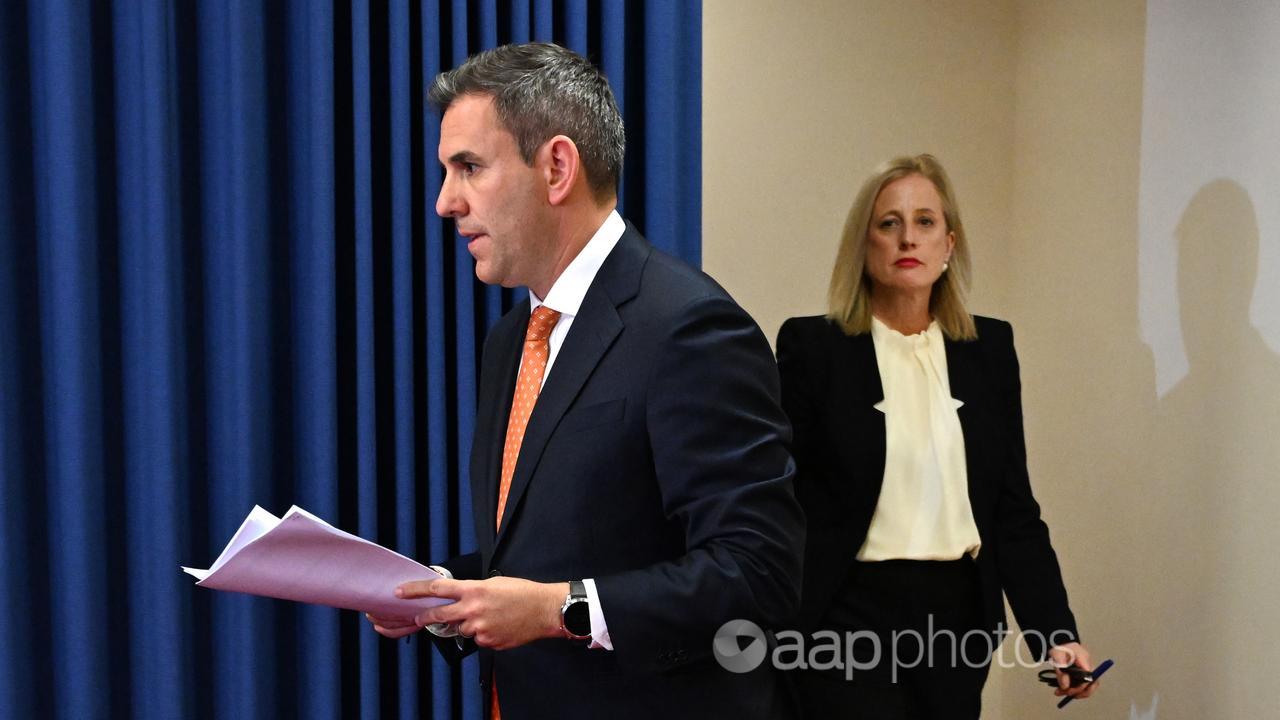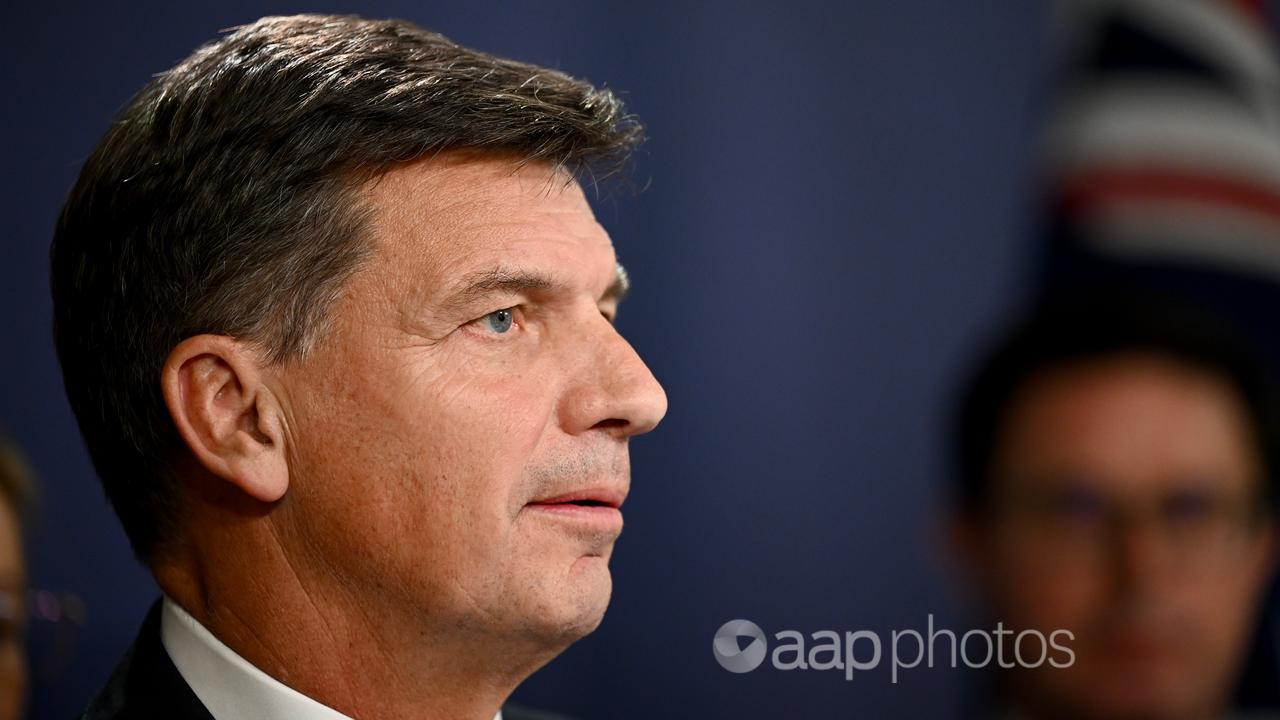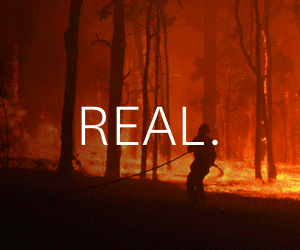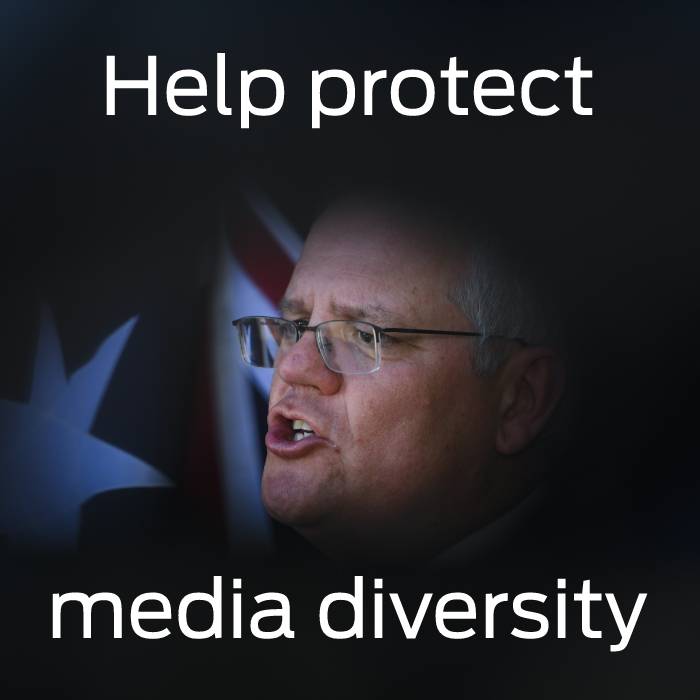Lower-than-expected inflation figures are being trumpeted as a sign government cost-of-living relief measures are working, but households have been warned prices could rise again.
Inflation dropped to its lowest level in almost three years, to 2.7 per cent in the year to August compared to 3.5 per cent in July.
The drop comes off the back of falling petrol prices and federal energy subsidies kicking in for households, with inflation back within the Reserve Bank of Australia’s target range of two and three per cent for the first time since October 2021.
But the rate of underlying inflation, which takes out volatile price movements such as for fuel and electricity, came in at 3.4 per cent, down from 3.8 per cent the previous month.
The Reserve Bank has said it was more closely monitoring underlying inflation when considering whether or not to lower interest rates.
Nevertheless, the fall in inflation was welcome news for households, Prime Minister Anthony Albanese said.
“What we’ve seen today is a monthly inflation figure that is far below what all of the … economists (predicted),” he told ABC Radio on Wednesday.
“Our cost-of-living relief is designed to put that downward pressure on inflation … it clearly has been one of the factors that has had the impact that we sought it to do.”
Treasurer Jim Chalmers called the figures “heartening” but tempered expectations of a rate cut.
“This is a good result that shows we’re getting inflation under control but we’re not getting ahead of ourselves because we know it doesn’t moderate in a straight line,” he said.
Federal and state electricity subsidies helped lower power bills by 17.9 per cent – the largest annual fall on record.

Electricity bills would have jumped 16.6 per cent since June 2023 without the rebates, according to the Australian Bureau of Statistics.
But bills would jump when the government assistance ended in 2025 which meant the underlying problem had not been addressed, shadow treasurer Angus Taylor said.
“We’ve seen Australian standards of living being smashed in the last two years, it’s a disastrous outcome for Australian households,” he said.
The answer was to limit immigration to take strain off housing supply and shift energy policy so there were sustained reductions in power prices, Mr Taylor said.
The coalition is spruiking a nuclear future over Labor’s wind and solar energy plan.

The fall in inflation is unlikely to have a major bearing on whether the Reserve Bank cuts interest rates when it next meets in November, National Australia Bank senior economist Taylor Nugent said.
“The temporary effect of the large electricity subsidies on measured prices was anticipated and does not change the RBA’s assessment of the outlook for inflation,” he said.
The data showed alcohol and tobacco prices rose 6.6 per cent, food and beverages 3.4 per cent and housing 2.6 per cent in the year to August. But transport fell 1.1 per cent and fuel decreased by 7.6 per cent.
Insurance and rent increases, up 14 and 6.8 per cent in the year to August respectively, remained concerning, EY senior economist Paula Gadsby said
“(The Reserve Bank) will be looking through the temporary cost-of-living relief that is artificially pushing the CPI (consumer price index) lower and muddying the picture in terms of price pressures across the country,” she said.




















